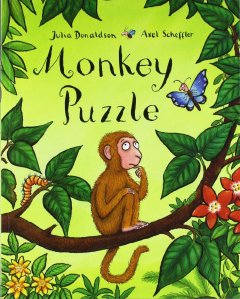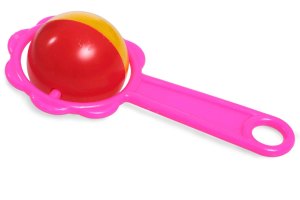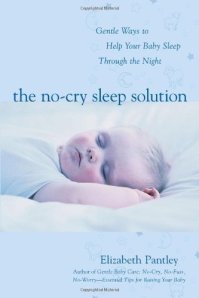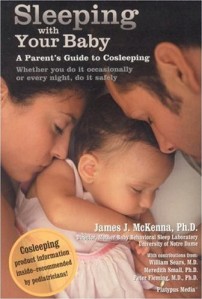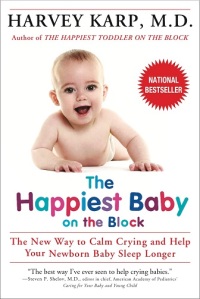Embed from Getty Images
A lot of new mums sit at home with their babies. Sometimes they are too tired to go anywhere, sometimes they haven’t quite got the hang of feeding in public, sometimes they are scared that the baby will catch some germs from a stranger on a bus, but most often they just don’t know about all the great things they can do. And how would they? I used to work full-time and go out for dinners and theater with my childless friends. They mourned me because they knew I will disappear like all their other friends with children did. My friends with children were giving me advice of “go out while you can” and “stuff your freezer with food”. I was anticipating constant sleepless nights, crying, never-ending cycle of feed-change-nap-start-again. But it turned not to be like this. Yes, sleeping, feeding and crying are all there. But actually I have a luxury of doing anything I want during the day. Things that I cannot do in my dawn till dusk job. Have a picnic outside, check out the new burger place, duck into a just opened exhibition at the local museum escaping the weekend crowds. I want to use this luxury to the fullest. And so over the last five months I have collected a few things that a new mum and her baby can do around London. If you live elsewhere your city may have the same things (and if not – they all have been started one day by someone’s mum or dad).
Get active – Sports for you
If you miss exercising (like I do), the earliest realistic date you can go back to it is about 6 weeks after giving birth (either vaginal or cesarean). In my yoga class I have seen mums with 3 week old babies, but this was their second or subsequent (sixth!) baby. Obviously you can start with a workout in front of a TV at home, but if you want to leave the house, here are a few options.
Buggyfit. Doing a good workout in the fresh air while your baby is sleeping in a pram – this is what buggyfit is all about. Available in parks all over the UK.
My personal favourite is post-natal yoga. Some yoga schools have “mummy and me” course where you can bring your baby. They sit and play on the mat while you are doing the exercises. I go to Triyoga in Primrose Hill. Kailash center in St John’s Wood offers such classes as well. If you are elsewhere, ask local mums and you will most likely find a baby-friendly yoga center or even a course organised by mums themselves.
A local gym may have a class for mums with babies. there are a few gyms that have creches, like Virgin Active on Finchley Road or Better at Swiss Cottage. The way it works: you book a creche a few days in advance, then drop the baby off and go to a class or for a swim. Some mums sneakily go to a spa or sit in a cafe instead (and I don’t blame them!). The creche staff will look after your baby for up to 2 hours: play, change, bottle feed, console when he is crying. If they cannot, they will call you back.
Get active – Sports for the baby
Babies don’t have much stamina at this age so you don’t need to “tire them out” yet. But if you are keen, you can take them swimming. I love swimming and I hope my son will love it too so I have been taking him to lessons from since he was 2.5 months old. You don’t have to start quite this early (and spend the money) because a lot of toddlers will pick it up really quickly later. It is only vital if you have a swimming pool that baby can get access to because these courses teach survival skills. The first drills are all about falling in the water, wiggling up to the surface and grabbing the hand rail.
The biggest joy for me was to see my son recognising certain phrases from very early on. He holds his breath on hearing “Ready? Go!” and grabs the rail when I say “Hold on”. Also he sleeps really well after the swim. And he really enjoys playing in the water.
A couple of swimming schools I can recommend: Swimming nature and Aquakiddies. I haven’t tried others, but even local gyms offer baby classes now. Look for ones that have a warm pool (lap pool is too cold for little ones just yet, but they may enjoy it if you get them a full body swimsuit) and non-chlorinated pool if you can choose.
Scratch your cultural itch
I am not sure if babies can enjoy classical music or a visit to a museum at this age, but mums certainly do! There are a few places that organise classical music concerts for babies. The most famous ones are Bach to Baby and For Crying Out Loud at Wigmore Hall. If your baby is a bit older and you want to explore other music concerts or classes, check out the post my friend wrote.
London museums are incredibly baby friendly: they have lifts for prams and baby changing facilities. Quite a few museums also have tours for carers with babies, which you can find on their websites. For example, British museum and Mumsnet are doing a Viking tour in May 2014, Whitechapel gallery runs Crib Notes events and Babies Who Lunch organise tours of all London museums. Of course nothing stops you from just going to a museum and doing your own tour.
If you were going to the cinema lots when you were pregnant – just because you don’t know when you can do it next – don’t fear, there are plenty of baby-friendly cinema screenings of the latest movies. Everyman cinema has “Baby Club” screenings every week in Maida Vale and Belsize Park branches. Look for afternoon performances that are marked “baby club” (they show all movies with no restrictions). Then there is Picturehouse Clapham that has baby-friendly screenings on the weekend (so your spouse can enjoy it too).
Even major chains (Cineworld, Odeon) often allow babies in during weekday afternoon performance if the film is 12A or less.
Chat about baby stuff
If the mums you met in the antenatal class aren’t meeting over coffee regularly (and if not – why don’t you suggest it?), there are a few websites that can help you find like-minded parents.
Facebook has a lot of mums groups (e.g. I am part of “Maida Vale mums”) where you can buy and sell baby stuff (or just pick it up for free), ask for advice or suggest a coffee for mums with babies of same age.
NCT has a Facebook page and if you “like” it you will get their regular updates about events.
Meetup.com may also have a few baby-friendly meetups in your area, anything from attachment parenting to book lovers.
There are some local cafes that tend to attract mums. If you just hang around there you are bound to meet someone. I met a couple of Russian-speaking mums one afternoon in a Regent’s park cafe.
Learn baby games
If you need a few ideas on games your baby may enjoy, check out sensory and music classes in your local library (here is a list for Westminster) which tend to be free. Alternatively Gymboree offers good classes as well (they are great for older kids too).
Educate yourself on parenting
One course that I think every parent must do is the first aid training. I did one run by Red Cross when I was pregnant. Local libraries or community centers may offer a short version of it you can attend with your baby (Fitzrovia community center even has a creche during this time!)
Check out your community center or NCT website for some courses in your area. Community center courses are often free (subsidized by your local council), NCT courses have a cost. Useful courses are post-natal early days (looking after your baby, sharing ideas on sleep, feeding, etc), baby massage, weaning, and parenting classes.
Have you done any other things with your baby that you can recommend? Let me know!
